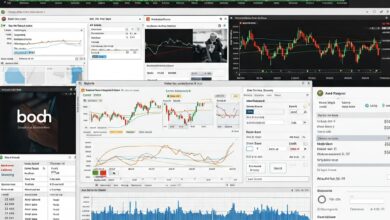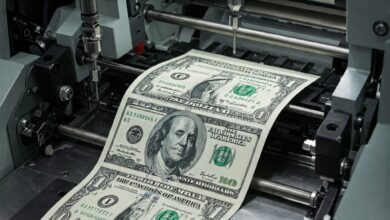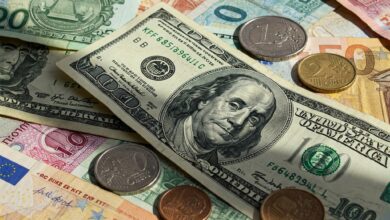How much does it cost to manufacture 1 penny?
Find out how much it costs to create a 1 cent coin?
That humble one-cent coin, the penny, seems like a trivial part of our daily transactions. You might toss it in a jar, leave it as a small tip, or barely give it a second thought. But have you ever stopped to wonder about its true value? Surprisingly, the cost to manufacture a single penny is significantly more than its face value. Let’s delve into the intriguing economics behind this tiny piece of American currency.
The Surprising Cost to Mint a Single Penny

For years, the United States Mint has faced a peculiar situation: it costs more to produce a penny than it’s actually worth. Factors like the rising prices of raw materials, particularly zinc and copper (the primary metals in modern pennies), and the operational costs of the minting process contribute to this discrepancy. You might be astonished to learn just how much more it costs to strike each of these copper-plated zinc discs.
Breaking Down the Manufacturing Expenses of US Pennies
The journey of a penny from raw materials to your pocket involves several stages, each incurring costs:
- Raw Materials: The price of zinc and copper fluctuates on the global market. Over time, these costs have generally trended upwards, making the metal composition of a penny more valuable than its monetary denomination.
- Minting Process: The US Mint employs specialized machinery and skilled labor to strike billions of coins each year. This includes the energy required to run the equipment, the maintenance of the machinery, and the salaries of the employees involved in the process.
- Transportation and Distribution: Once minted, pennies need to be transported from the various mint facilities to Federal Reserve banks across the country, which then distribute them to commercial banks. These logistical operations add to the overall cost.
Why Does the US Continue Making Pennies If It Costs More?

This is the million-dollar question (or perhaps the billions-of-pennies question!). There are several arguments for and against continuing the production of pennies:
- Tradition and Public Acceptance: The penny has been a fixture of American currency for centuries. Many people are accustomed to using them, and there can be resistance to their removal.
- Retail Pricing: Some argue that eliminating the penny could lead to rounding in prices, potentially increasing costs for consumers in certain transactions.
- Lobbying Efforts: Industries that rely on pennies, such as vending machine operators, have historically lobbied to keep the coin in circulation.
However, the ongoing debate about the penny’s future continues due to its negative seigniorage – the profit a government makes from issuing currency. In the case of the penny, it’s a negative profit, representing a loss for taxpayers.
The Economic Impact of Penny Production and Circulation
The continued production of pennies has several economic implications:
- Government Spending: The annual cost to produce pennies represents a significant expenditure for the US government.
- Inefficiency in Transactions: The low value of the penny means that consumers often accumulate large quantities, leading to inconvenience and inefficiency in transactions.
- Environmental Concerns: The mining and processing of the metals used in pennies have environmental impacts.
The Future of the Penny: Will It Eventually Be Phased Out?

The debate over the penny’s future is likely to continue. Several other countries have already phased out their lowest-denomination coins, citing similar cost and efficiency concerns. Technological advancements, such as the increasing use of digital payments, might also play a role in the eventual fate of the penny.
While the penny might seem insignificant, the economics behind its production reveal a surprising truth: it costs more to make than it’s worth. Understanding these hidden costs and the ongoing debate surrounding its value provides a fascinating glimpse into the world of currency and economic policy.




